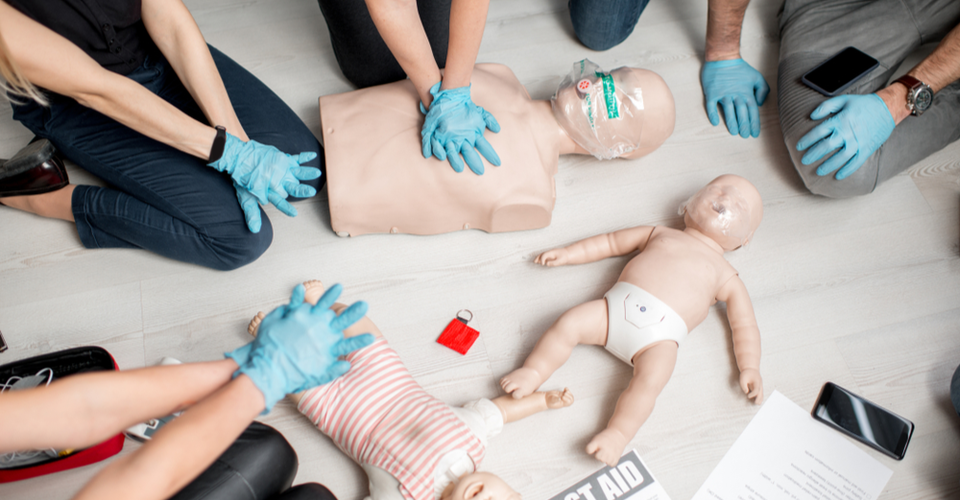Many students take CPR as a requirement for their workplace. But the truth is you’re more likely to use your CPR training to save a loved one such as a family member.
A recent Sudden Cardiac Arrest Foundation newsletter highlights key data focused on out-of-hospital cardiac arrests (OHCA) in the United States. Based on ongoing Cardiac Arrest Registry to Enhance Survival (CARES) data from 2020, cardiac arrest emergencies for both adults and children are most often in a home or residence.
Here’s the breakdown:
- 73.9% of OHCA in adults are in a home, 15.1% are in a public setting and 10.9% are in a nursing home
- 87.5% of OHCA in children are in a home and 12.2% are in a public place
This data further supports the importance of CPR training for the whole family. In most cases, medical professionals will not be available to immediately start chest compressions. The sooner CPR can be started, the chances of survival increase. Training with a CPR course that includes instruction in CPR skills and AED training is one way to ensure everyone is prepared to respond to an emergency situation within your home.
CPR, AED AND FIRST AID TRAINING FOR ALL AGES
Everyone from young children to older adults can benefit from taking a CPR, AED and First Aid course in 2022.
Think your little one is too young to learn lifesaving skills? Know an older adult that might have trouble getting up and down repeatedly throughout class? CPR, AED and First Aid training can be adapted to fit the needs of learners of all ages and abilities.

